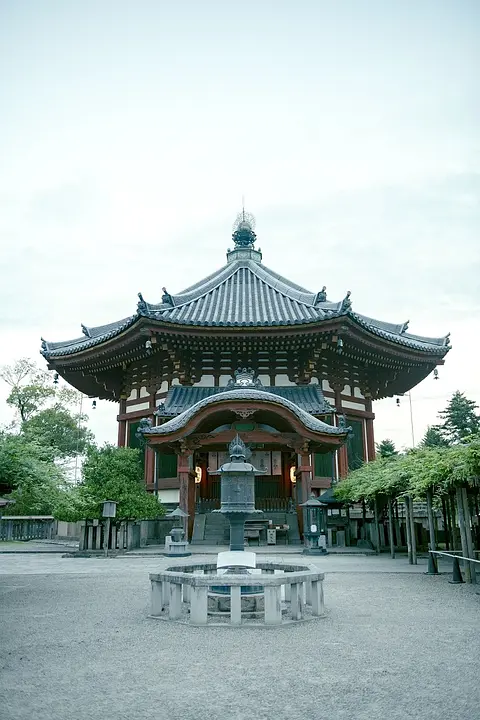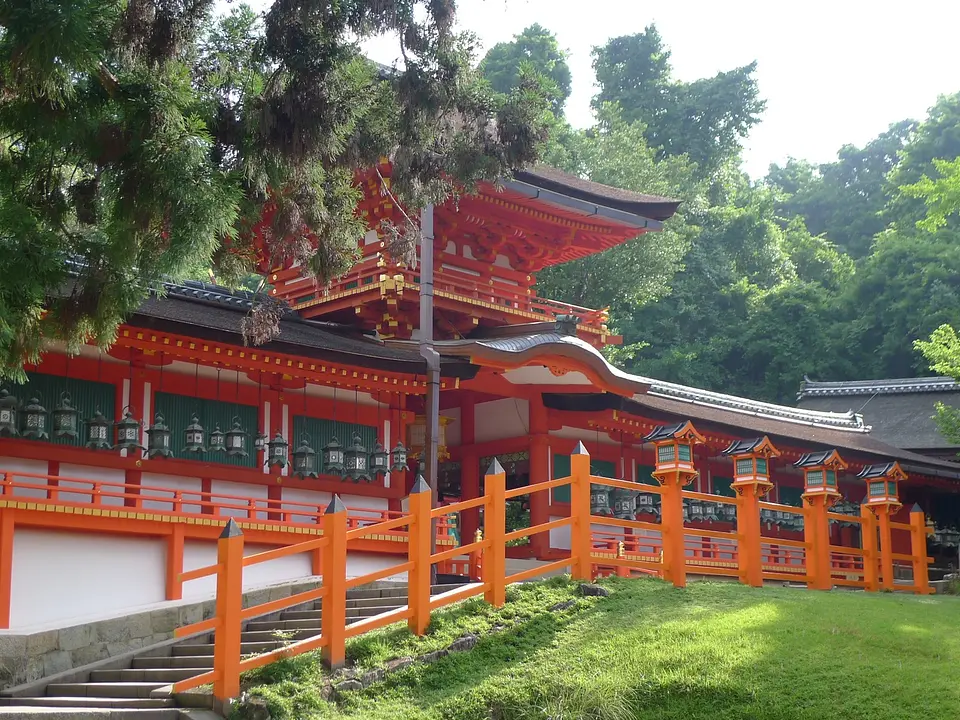Model Course
「藤」 の見どころをめぐる
<見頃:4月中旬~5月中旬>藤が彩る、春の奈良を体感ください。
| Areas |
|---|
Model Course
Kohfukuji Temple - Nanendo Hall

Kohfukuji Temple - Nanendo Hall
It is the largest octagon-shaped pagoda in Japan, and was originally built in 813. Having experienced several disasters, the present pagoda was rebuilt after it suffered a fourth catastrophe.
Kasuga Taisha Shrine Garden - Manyo Botanical Garden
Kasuga Taisha Shrine Garden - Manyo Botanical Garden
The manyo botanical garden with the longest history in Japan. Around 300 species of plants appearing in the Man-yo-shu (Japan's oldest collection of poems) are grown here, and each representative poem is written next to the plant with which it coincides. With an area of 30,000 hectares, within the botanical garden there is the “Fuji-no-sono” garden, with over 200 wisteria plants, the symbol of Kasuga Taisha Shrine, of around 20 different varieties. There is also the "Tsubaki-en" garden and the "Hana-shobu-en" garden where one can observe many precious seasonal plants of ancient times.
Kasugataisha Shrine

Kasugataisha Shrine
The Shrine lies in a primeval forest of cedars and a kind of Chinese black pines. The brilliant vermillon edifices are beautifully contrasted with their surrounding greenery. Going through the first and second Torii gates, you can see a lot of stone lanterns standing on both sides of the approach to the shrine. Going on further, you will find the south gate on the left. The main hall is located among trees behind the gate. From the gate a corridor extends to the left and to the right. A great number of lanterns hung from the eaves of the corridor are producing an elegant atmosphere. In the 3rd year of the Wado era (710), when the capital was transferred to Nara, Fujiwara-no-Fuhito celebrated a mass for tutelary deities of the Fujiwara family, which is considered to be the origin of this shrine. In the 2nd year of the Jingo-Keiun era (768), shrine buildings started to be constructed here. Just like the Kofuku-ji Temple,shrine buildings were added, along with the prosperity of the Fujiwara family. In the first half of the Heian period (794-1192), shrine buildings were completed on the same scale as they are today. After the Middle Ages, the belief was prevalent among commoners, which is shown by the fact that various-shaped hanging lanterns and stone lanterns known as "Mantoro" were mostly the donations from common people. The tutelary deities enshrined here are Takemikazuchi-no-Mikoto from Kashima of Ibaraki Prefecture, Futsunushi-no-Mikoto from Katori of Chiba Prefecture, Amenokoyane-no-Mikoto and Himegami from Hiraoka of Osaka Prefecture. (10 minutes' walk from the bus stop Kasuga Taisha Omote Sando of Loop Line Bus of the city)